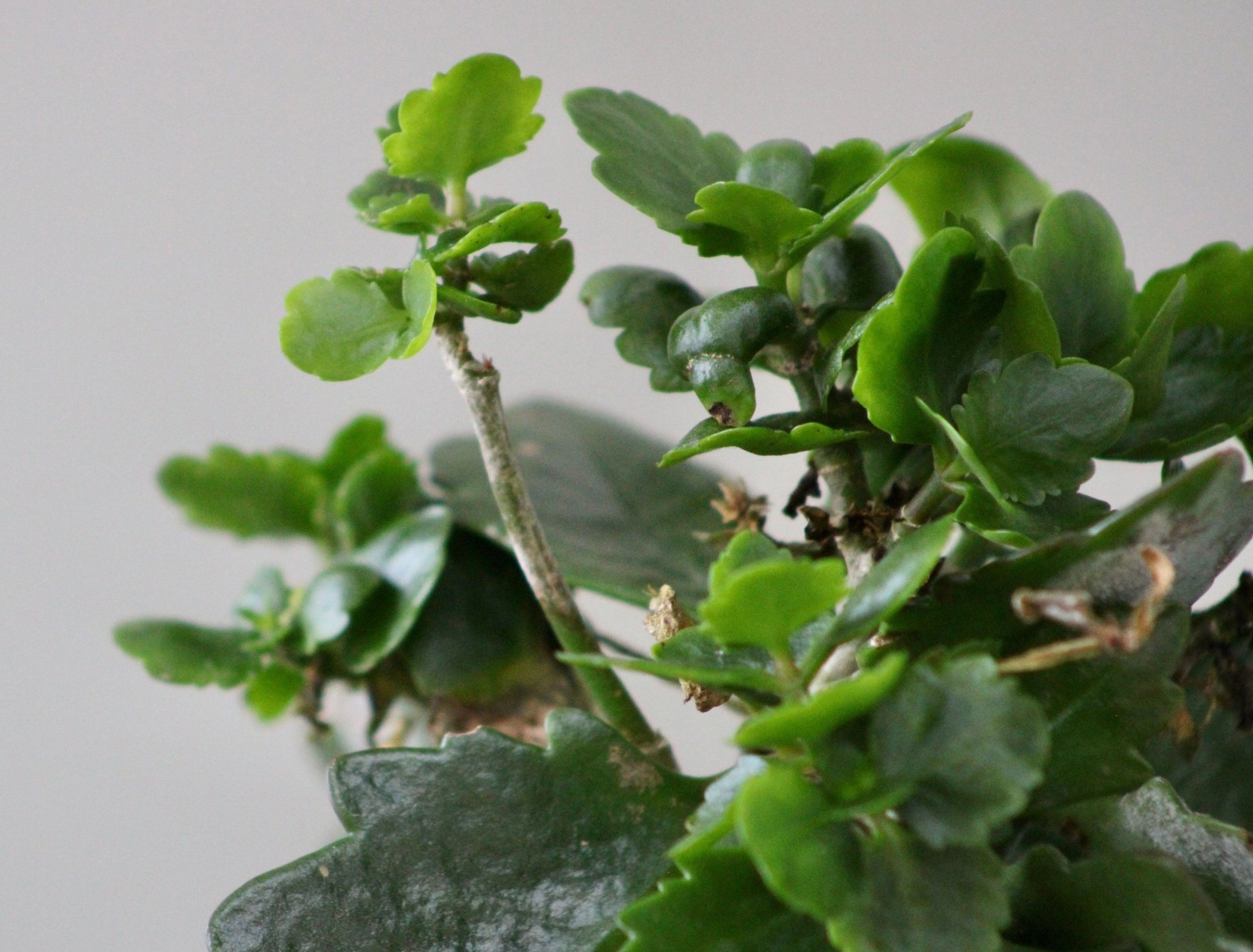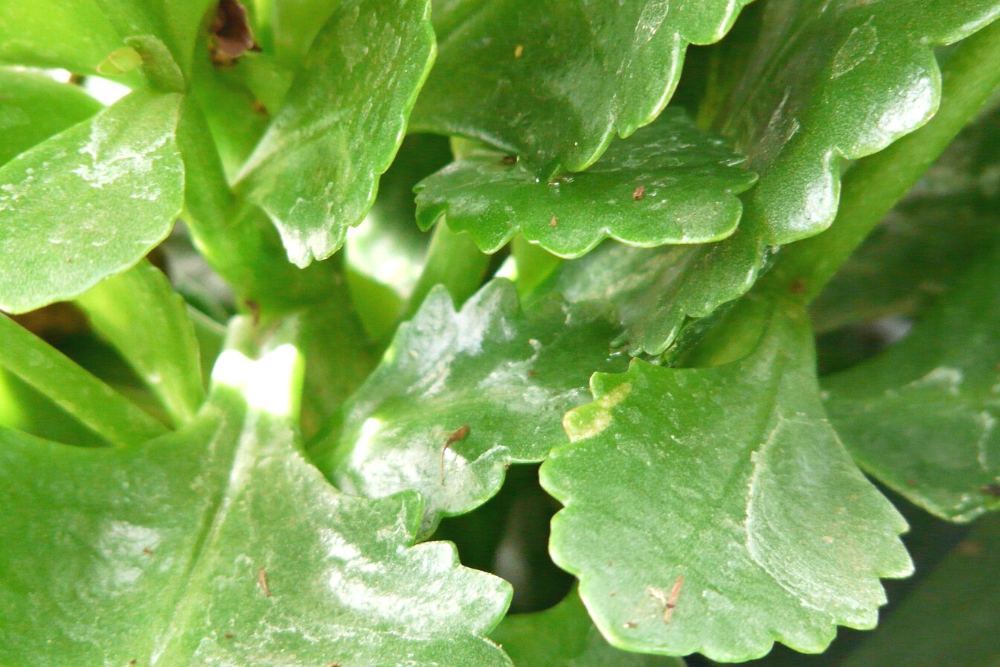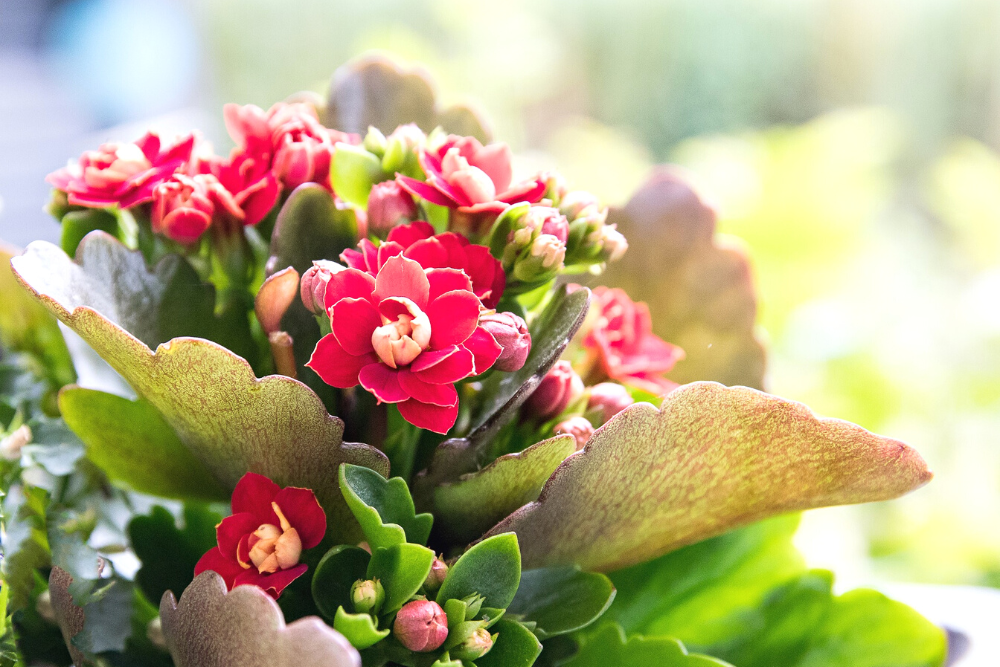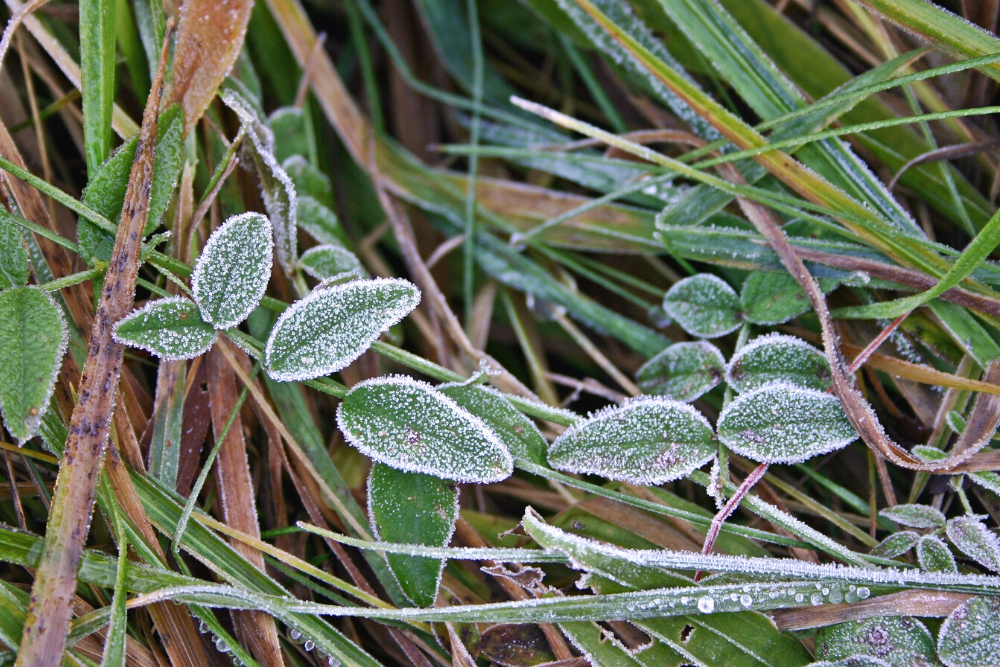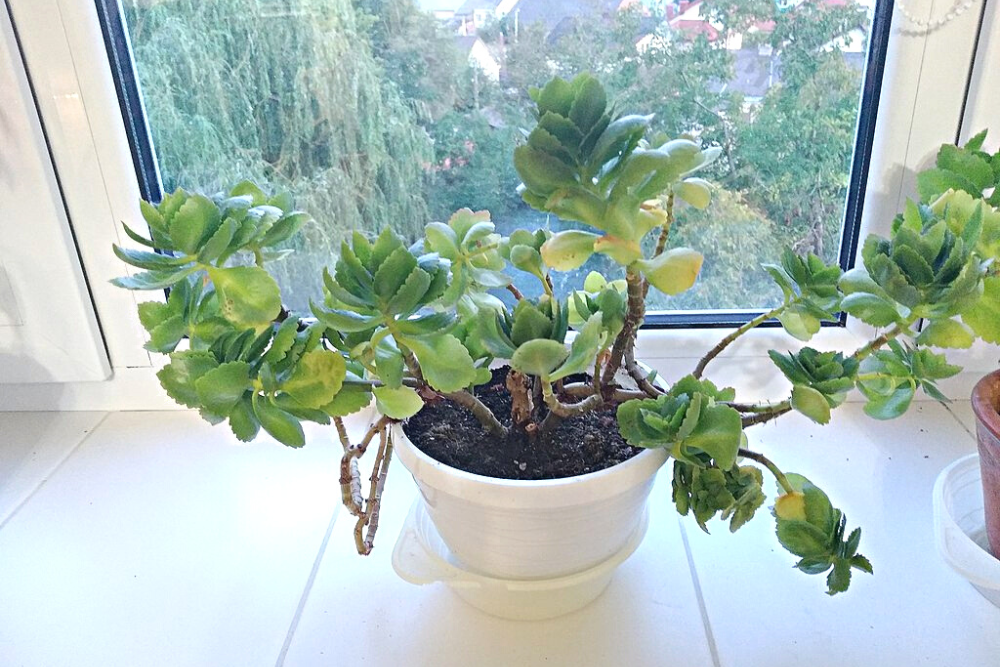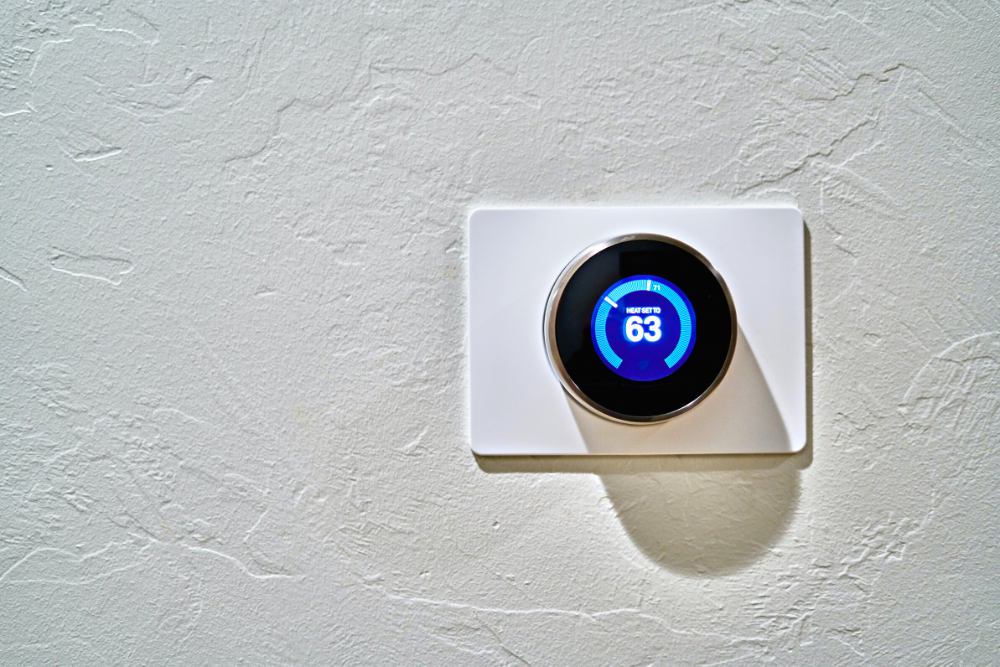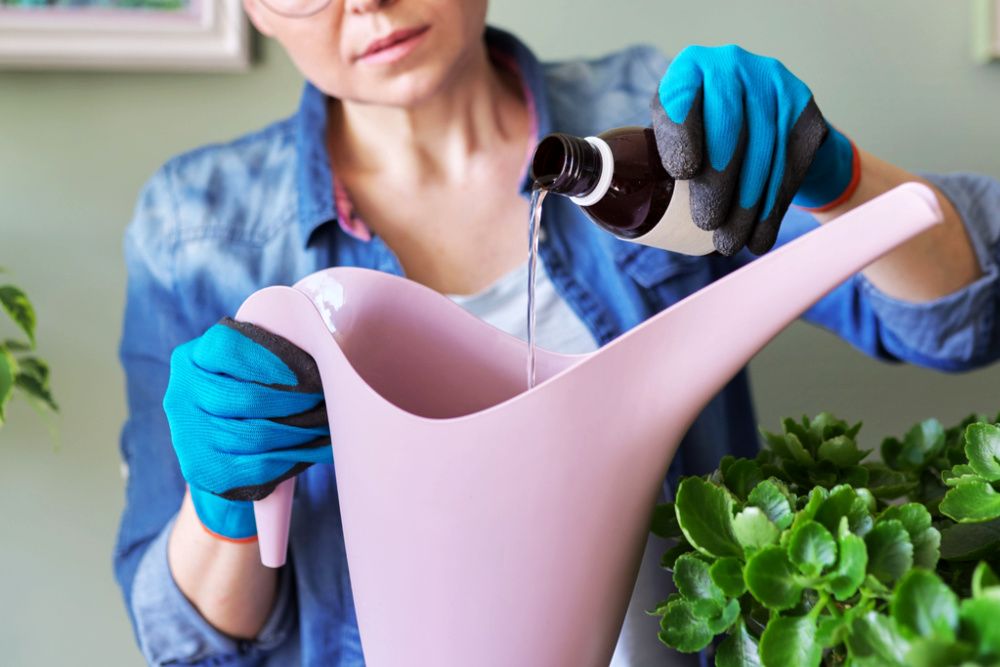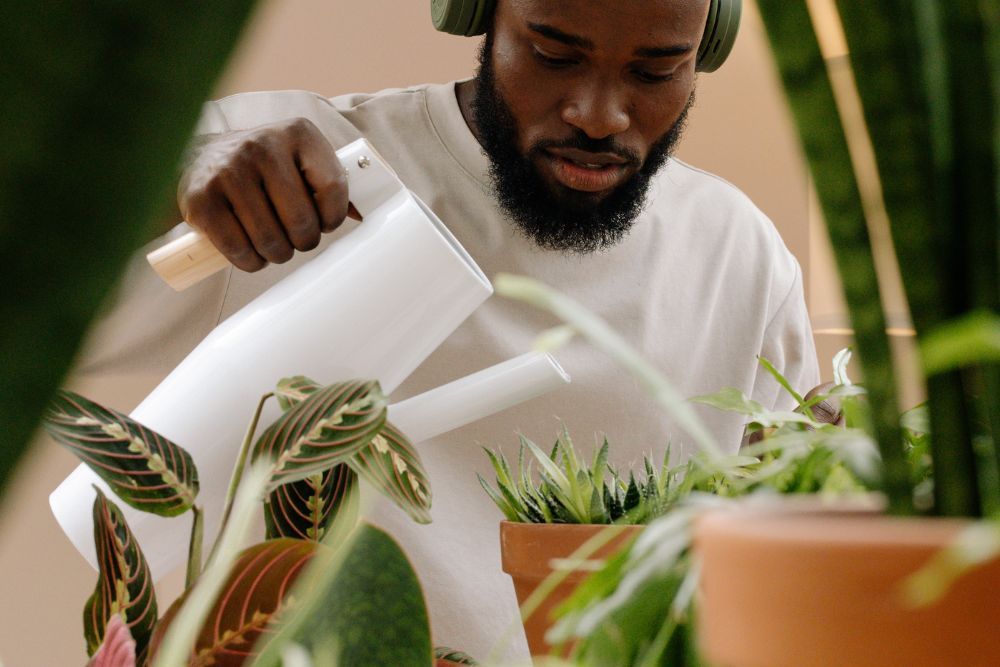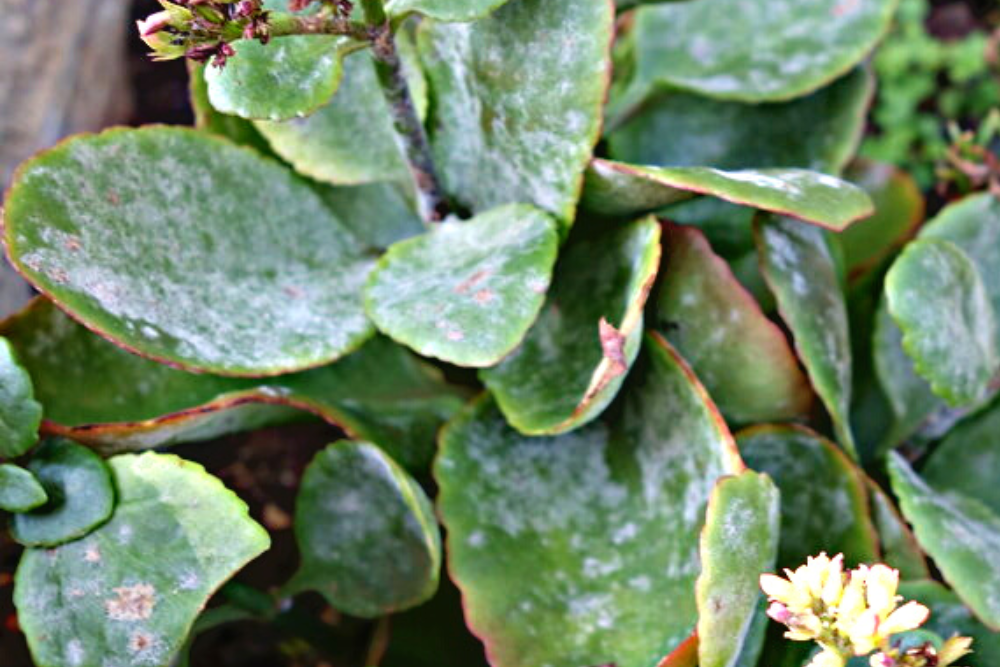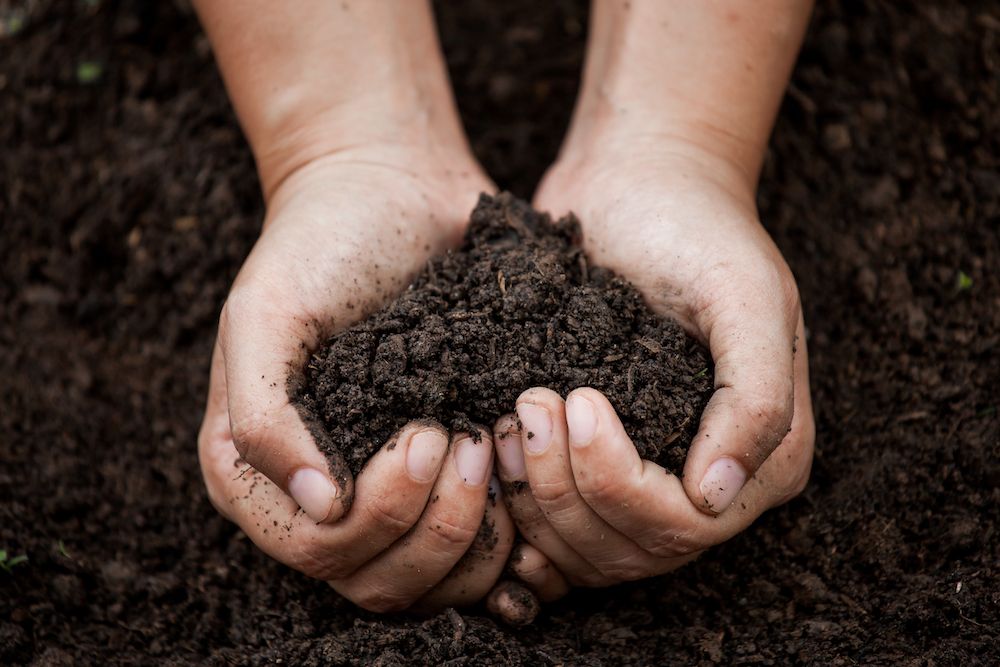A perennial succulent from Madagascar and Africa, kalanchoe flowers for a few months, flooding your home with magenta, orange, pink, and red hues. Some are also decked out with vibrant, white blossoms, adding that classic green and white combo during the festive season.
However, when these prolific bloomers aren’t flowering, it can be concerning. Read on to discover a few reasons why they might not rise to the occasion and what you can do about it. With some extra care and patience, you can restore kalanchoe’s flowering powers.
It’s Not Time For it to Bloom
Image credit: Hans via Pixabay
The natural blooming period for a kalanchoe is January to late spring. But every year, growers create the right conditions for kalanchoes to bloom in time for the Christmas season. The most common variety sold is Kalanchoe blossfeldiana, or “florist kalanchoe.”
It is possible to get your kalanchoe to rebloom after its first burst of blossoms. But you will need to create the right conditions first. Kalanchoe needs short days — or long nights — for at least six weeks to produce buds. In early September, bring the plant indoors. Place it in a dark closet or basement for 13 to 16 hours a day, ensuring that it gets no light at all. In the mornings, relocate it to an area with bright light.
Once flower buds appear you do not have to continue the short-days treatment. Find a sunny window with afternoon shade for your kalanchoe.
Not Enough Sun
Image credit: minka2507 via Pixabay
Before kalanchoes go into their short-day period, it also needs lots of sunny days. Relocating them outdoors in summer is the easiest way to ensure they soak up enough sunlight. Kalanchoes do best in a spot where they can get lots of sun for most of the day and shade in the afternoons.
If you cannot put your plant outdoors in summer, place it by a window where it will get lots of bright light. You could also use grow lights if your home doesn't get much natural light.
It Was Brought Indoors Too Late
Image credit: Catkin via Pixabay
If you had your kalanchoe outdoors during the summer, it’s vital to bring it indoors before the first frost. Chilly or freezing temperatures can kill the buds and prevent flowering later. As mentioned, play it safe and bring the plant indoors in early September.
However, it’s not unheard of for cold snaps to occur in September in some regions. So, keep an eye on the weather forecasts.
Kalanchoe Is Dormant
Image credit: Олександр Марков via Wikimedia Commons
After doing so much work to provide its profusion of flowers, this hardy plant needs to rest and store energy. During its summer dormancy, the plant will not flower, so you shouldn’t worry.
There are several ways to tell if this succulent is dormant. One of the first signs is that it stops growing. It will also lose some of its leaves. You can also remove the kalanchoe from its container to check the roots. If the roots are healthy — they are not mushy, dried, or shriveled — it is just dormant and not dying.
Your Home is Too Hot
Image credit: Dan LeFebvre via Unsplash
Although kalanchoe is a tropical plant, it does not do well in extreme heat. Hotter temperatures will also prevent flower development.
Ideally, the temperature in your home should be 50 to 70 degrees Fahrenheit during the daytime. At night, keep temperatures between 45 and 65 degrees Fahrenheit. In fact, its flowers will last longer when nighttime temperatures are cooler.
When you relocate your kalanchoe outdoors for the summer, place it in a partly sunny location.
Improper Fertilizing
Image credits: VH-studio via Shutterstock
While plants need nitrogen, too much of it can cause a plant to produce more foliage and fewer or no flowers. Fertilize a kalanchoe when it is actively growing. From spring to fall, treat it to any houseplant or general-purpose liquid fertilizer just once a month.
When new buds appear, you can fertilize the plant twice a month, but stop fertilizing once flowers bloom.
Overwatering
Image credits: Cottonbro Studio via Pexels
Overwatering is perhaps the most common houseplant mistake. As a succulent, kalanchoe especially does not need to be watered frequently. Soggy soil can cause root rot and attract pests. Both will compromise your plant’s growth and overall health, affecting flowering.
Make sure that the soil dries slightly between watering. Test it by placing your index finger about an inch deep into the soil or using a soil moisture meter.
Check For Pests And Disease
Image credit: Plant pests and diseases via Openverse
While kalanchoe plants are resistant to many diseases and pests, they are not completely immune. They are particularly vulnerable to powdery mildew, which is a fungal disease that can stop the plant from growing and flowering.
The most likely sign of powdery mildew on this succulent is fine webbing. Leaves might also develop yellow spots, become mottled, or have line or ring-spot patterns.
Proper ventilation and bottom watering are effective ways to ward off powdery mildew. Remove any infected parts of the plant and spray the plant with diluted neem oil.
It’s Planted Too Deeply
Image credits: A3pfamily via Shutterstock
For any plant to grow — and bloom if it's a flowering plant — it needs to be able to absorb water and nutrients. They will have difficulty doing so when they are planted too deeply into the soil. They might also eventually suffocate, suffer root rot, and die.
When repotting your kalanchoe, make sure the hole is only as deep as the root ball of the plant, and do not cover the crown with more soil. This way, when you place the plant into the hole, the feeder roots won’t suffocate and can still easily access water and nutrients.
Kalanchoe Please!
Any one or more of these reasons could shed light on why your kalanchoe is not flowering. But sometimes, it’s just best to be patient and wait for this tropical succulent to do what comes naturally.
Don’t be tempted to throw away the plant because it isn’t blooming. Instead, enjoy kalanchoe’s waxy, succulent leaves throughout the year. With the right care, there’s every chance it will bloom eventually or again.
Once you’ve tried these solutions, share in the comments which worked best for getting your kalanchoe to flower.

